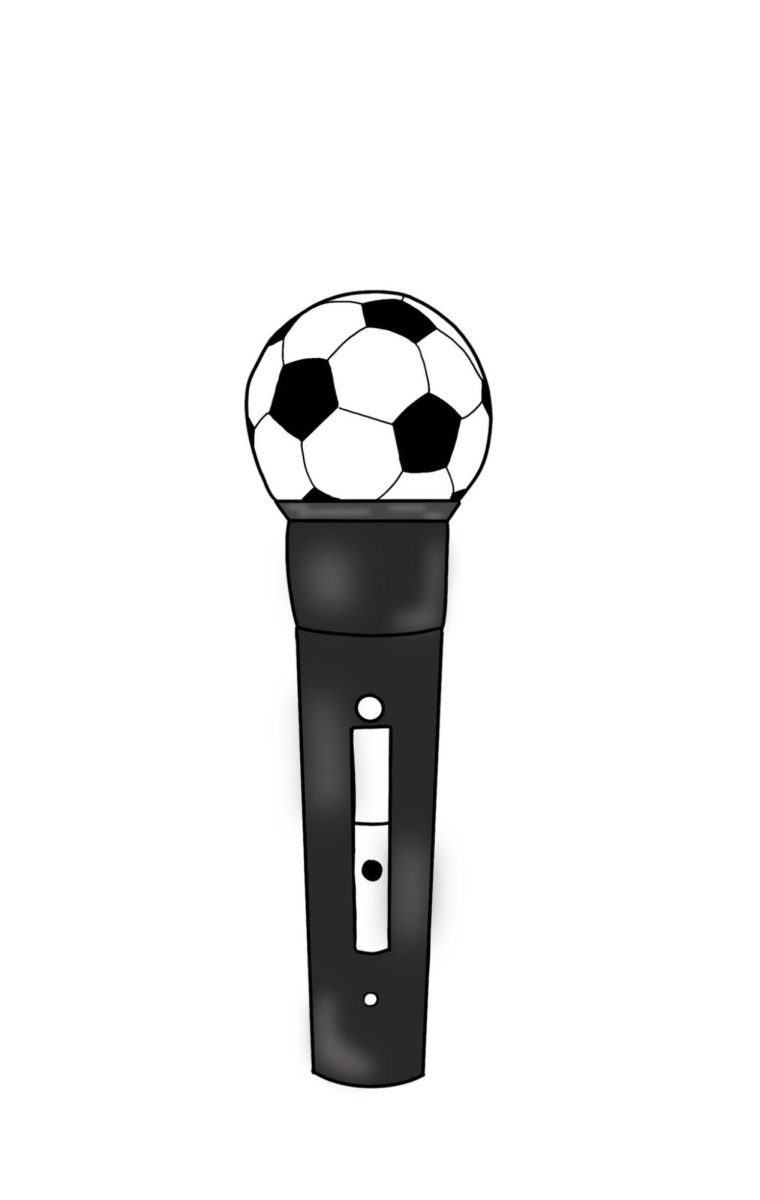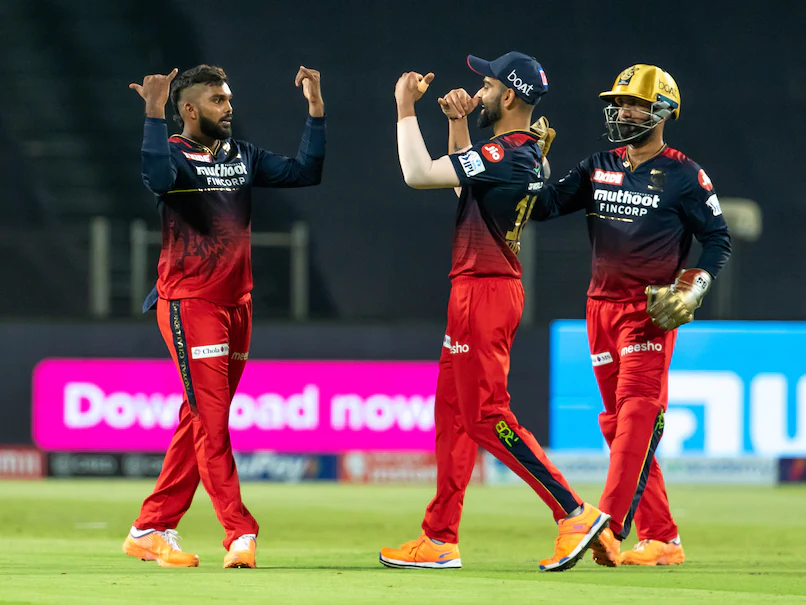“Threads of anticipation stitched together a tapestry of fleeting hope.” In the dying moments of an intense clash, the wall began to collapse, as the visitors continued asking the right questions of the keeper. To an amateur watching a football game, hearing these sentences is like listening to utter gibberish, but for any football fan, they make perfect sense. Sports culture and fandom are often considered secondary when compared to hobbies like literature and the arts. However, not only does it offer the same amount of entertainment, but it also offers a similar level of intellectual stimulation via commentary.
Commentary, especially in football, is considered an art of spinning words and bringing together ideas that do justice to big moments, which we are often unable to comprehend visually alone. It is far more than just a play-by-play of events, and it provides an intense auditory experience for the listener, packed with literary devices.
One of the clearest techniques in football commentary is imagery. Commentators turn movement into language, using metaphors to describe tension and motion. When a team is said to be “knitting passes together” or “crumbling under pressure,” it paints a mental picture rather than stating a fact. Another key example of this comes from Peter Drury, one of football’s most memorable commentators, praised and remembered for his poetic style of speaking. His line, “From the brink of despair, elation. From catastrophe to cacophonic joy,” captures the emotional extremes of the sport through sound and rhythm.
Moreover, they often use metaphors like “asking questions of the keeper,” which means to attack in a way that requires the keeper’s interference. These phrases stimulate wordplay worthy of the mastery that occurs on a football pitch. In many ways, these linguistic choices are inherently reminiscent of devices used in complex literature, similar to what we analyse in our LL classes. The commentator becomes a narrator, shaping how viewers perceive events. They decide who is heroic, who is under pressure, and when the mood shifts. When a commentator says, “The wall collapses,” it’s a deliberate choice of symbolism, making us feel defeat and vulnerability. Just as readers are emotionally influenced by the language and tone of a poem, a listener is often unintentionally moved by a commentator’s choice of words and perspective.
However, it isn’t just imagery and metaphors that are reminiscent of literature from school. An important element in a commentator’s toolbelt is tone. A commentator’s tone shifts constantly, calm during buildup, “He threads it through the midfield, looking for space… the winger’s making a run…” creates suspense, mirroring the rising tension of a poetic crescendo. Then, the sudden shift to exhilaration, “He shoots! And it’s in,” is almost breathless when a goal is scored. This makes us as listeners feel as though we are being told a story, filled with buildup, suspense, and a final resolution. In analytical writing, tone works the same way. The writer adjusts their voice depending on whether they agree or critique. Both rely on emotional rhythm to guide the reader or listener through shifts in perspective.
In the end, football commentary and classic literature share striking similarities, like their use of literary devices like metaphors, imagery, and tone, to develop a narrative and elicit emotion within their audience. It is then fair to claim that to study commentary is to study language in its most immediate form, alive, spontaneous, and deeply human. Football may be a game of passes and goals, but through the commentator’s voice, it becomes something more: a living poem played out on grass.








